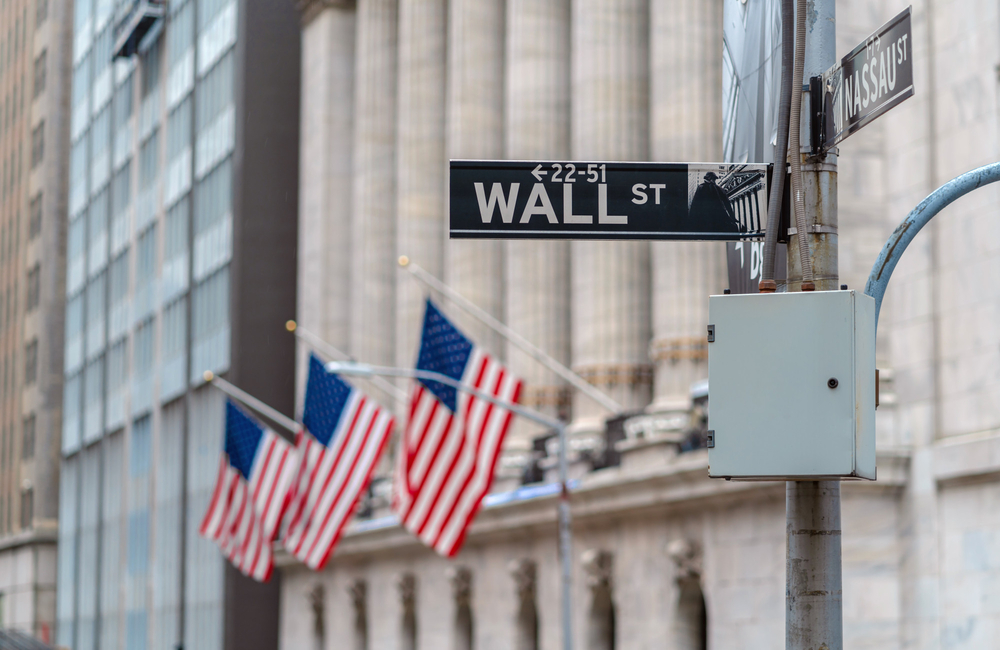ASX futures were 19 points higher or 0.26% to 7334 at 8:00am on Saturday, suggesting a rise at the open.
U.S. stocks were a bit down on Friday after the November jobs report revealed that the economy is adding more jobs than anticipated, stoking concerns about when the Fed will start to slow the pace of the rate rises.
The S&P 500 fell 0.1% to 4071 and the Nasdaq lost 0.2% to 11461, but the Dow added 0.1% to 34429. Big gains Wednesday in the wake of Fed Chairman Powell’s comments left stocks in positive territory for the week, with the Dow up 0.2%, the S&P 1.1% higher and the Nasdaq gaining 2.1%.
While in commodities, Brent crude fell 1.2 per cent to $US85.84 a barrel, spot gold was down 0.3 per cent at $US1,797.57.
On local shores, Australian 2 Year government bond yields fell to 2.98% and 10 Year yields eased to 3.39%. Meanwhile, yields on 2 Year US Treasury notes fell to 4.28% and the yield on 10 Year US Treasury notes was at 3.48%.
The Australian dollar fell to 68.02 US cents from 68.10. The ICE U.S. Dollar Index, which measures the buck against a basket of six other currencies, inched down to 97.28.
Asia
Chinese shares ended mixed, with the Shanghai Composite Index ending a three-session winning streak, led lower by property developers. China Vanke dropped 3.2% after the real-estate company said its major shareholder will propose a general mandate for issuing shares. Analysts at Nomura say in a note that market focus is turning to property-sales recovery under a more supportive policy. Gemdale Corp. and Seazen Holdings both fell more than 3.0%. But some energy stocks gained, as PetroChina rose 0.2% and Cnooc rose 1.3%. The Shanghai Composite Index fell 0.3% to 3156.14, cutting its advance for the week to 1.8%. The Shenzhen Composite Index was flat, and the ChiNext Price Index added 0.1 percent.
Shares Hong Kong Shares finished lower, pulling back from recent gains driven by investor hopes China is relaxing its Covid stance. The benchmark Hang Seng Index fell 0.3% to 18675.35. The market was weighed down by losses across a mixed bag of sectors. Chip maker SMIC was the biggest laggard on the index, sliding 5.4% and extending its downward spiral in recent weeks, as concerns mounted over its worse-than-expected 3Q results and a weaker outlook driven by the fallout of U.S. export controls on the company. Property companies also slipped, with Country Garden Services dropping 4.5% and Longfor falling 4.3%.
Stocks in Japan tumbled broadly, with sharp declines in electronics and insurance issues, amid continuing concerns about central bank policy tightening and the global economy. MS&AD Insurance Group Holdings is off 3.4%, while Olympus Corp. is down 3.2%. The Nikkei Stock Average lost 1.6%.
Europe
European stocks traded mixed in the closing trade as investors responded to the most recent US nonfarm payrolls report. The pan-European Stoxx Europe 600 lost 0.2 percent, the British FTSE 100 was flat, the German DAX was up 0.3 percent, and the French CAC 40 dropped 0.3 percent.
“European markets have come off their best levels of the week in the wake of an unexpectedly strong US labour market report for November, which saw 263k jobs direct in November, and wages soar sharply, by 5.1%, however the pullback has been fairly small in nature,” wrote CMC Markets analyst Michael Hewson.
The resilience of the jobs figures led investors to price out the possibility of an immediate, steep slowdown in the pace at which the U.S. Federal Reserve will raise interest rates, he said.
North America
Major U.S. stock indexes finished a choppy session mixed on Friday but still had weekly gains, as monthly jobs growth reaffirmed the possibility the Federal Reserve may increase interest rates at a breakneck pace but has yet to rein in a roaring labor market.
The Dow Jones Industrial Average gained around 33 points, or 0.1%, to finish around 34,428, booking a series of back-and-forth moves on the day. According to FactSet, the S&P 500 index fell 0.1% and the Nasdaq Composite Index dropped 0.2%. The major benchmarks still ended the week with a second consecutive gain. For the week, the Dow added 0.2%, the S&P 500 rose 1.1 percent and the Nasdaq added 2.1 percent, according to FactSet.
The hope that Federal Reserve officials will be able to manage a shallower course of rate hikes in December has been nourishing a distinctly more bullish market tone over the past two months, helping to chop year-to-date losses to size. But the U.S. unemployment rate remains low at 3.7%, and with wages rising in November, worries flared anew about the potential for aggressive Fed action to cool inflation. Economists on Friday said that could put another big rate increase back on the table just in time for the holidays.

























